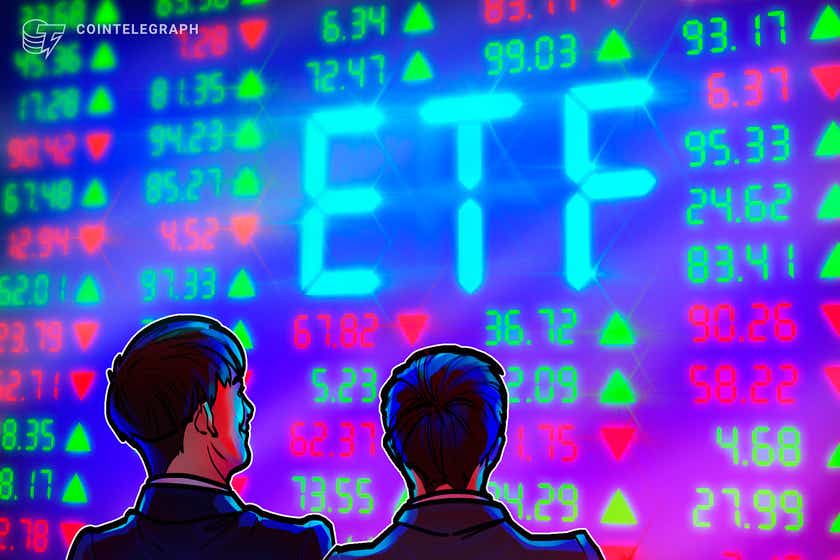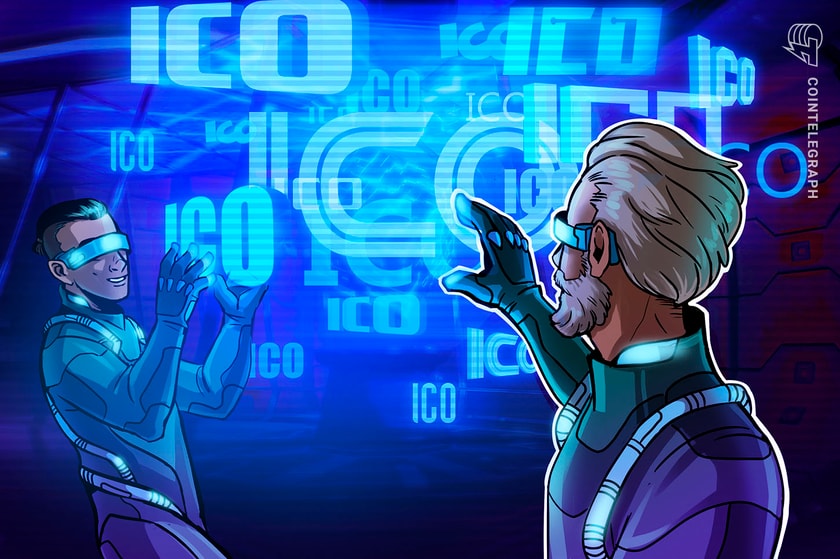Web3 interoperability highlighted in Radix – LayerZero partnership
Web3 interoperability integration between Radix and LayerZero, launching in the second half of 2023, enables cross-chain communication and asset transfers, unlocking omnichain functionality for DApps and assets.
337 Total views
3 Total shares

Own this piece of history
Collect this article as an NFT
Web3 interoperability is important to building a decentralized ecosystem that is scalable, secure and provides a seamless user experience.
Radix, a Layer-1 protocol, has partnered with LayerZero, an interoperability protocol, to integrate LayerZero with the Radix Babylon public network. The integration encourages cross-chain communication and asset transfers to the Radix ecosystem, benefitting both platforms and their users.
Web3 interoperability refers to the ability of different decentralized applications (DApps) and blockchain networks to communicate with one another. Put simply, interoperability is the state where blockchains can listen to each other, allow users to transfer digital assets and data and enable better collaboration.
LayerZero’s technology enables decentralized applications to send messages between different blockchains. By integrating LayerZero into the Radix ecosystem, Radix users and developers will have a connected experience, making it possible for DApps and assets to unlock omnichain functionality.
Interoperability provides various advantages, one of which is the enhancement of functionality. With Web3 interoperability, various DApps can collaborate and integrate, broadening the scope of features they offer. This means that the integration of a decentralized finance (DeFi) protocol with a non-fungible token (NFT) marketplace, for instance, enables users to utilize their NFTs as loan collateral.
Additionally, through interoperability, DApps can also leverage benefits such as increased liquidity sharing, which can result in a more comprehensive liquidity pool for the decentralized ecosystem. This, in turn, can minimize the fragmentation of liquidity across various blockchain networks. Moreover, DApps can exploit the security features of multiple blockchain networks, enhancing their overall security posture through interoperability.
Related: Web3 security: How to identify the risks and use protection tools?
Piers Ridyard, Radix Foundation Director, expressed enthusiasm about the integration, stating that it will showcase the potential of cross-chain interoperability. One of the fundamental principles of Web3 is decentralization. A greater decentralization is achievable with Web3 interoperability as it can reduce the dominance of a single blockchain network.
The integration is set to launch in the second half of 2023, and it is expected to benefit the users of both platforms.
Magazine: Web3 Gamer: Shrapnel wows at GDC, Undead Blocks hot take, Second Trip









